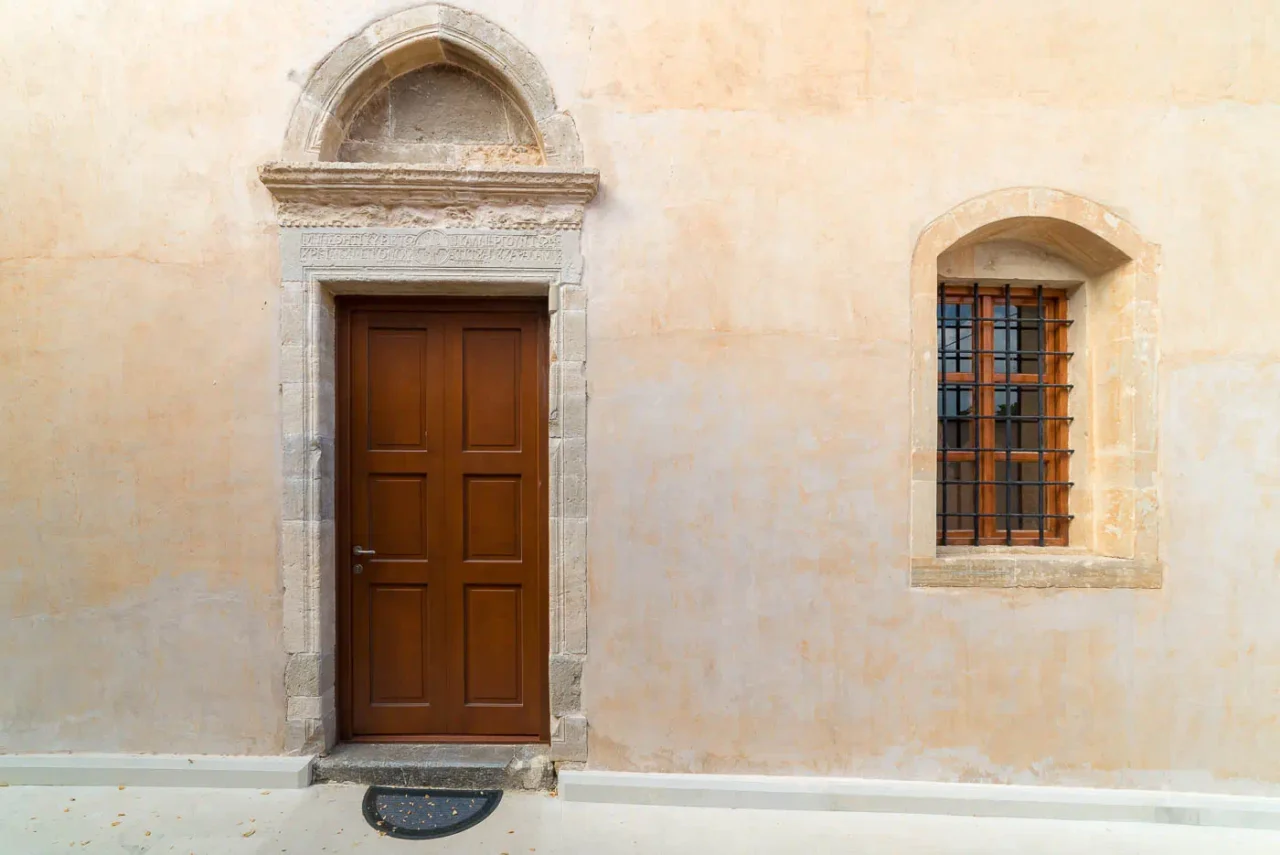
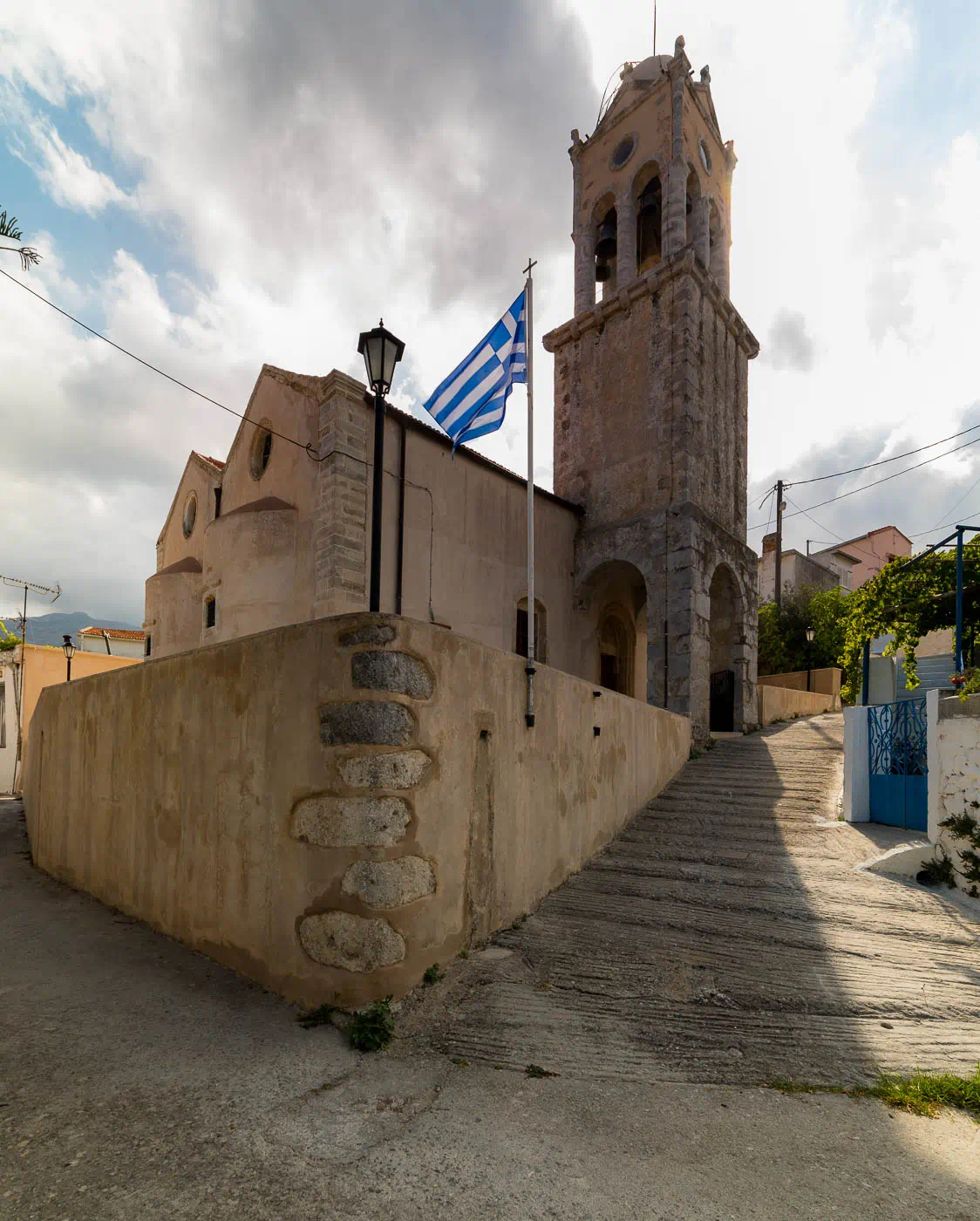
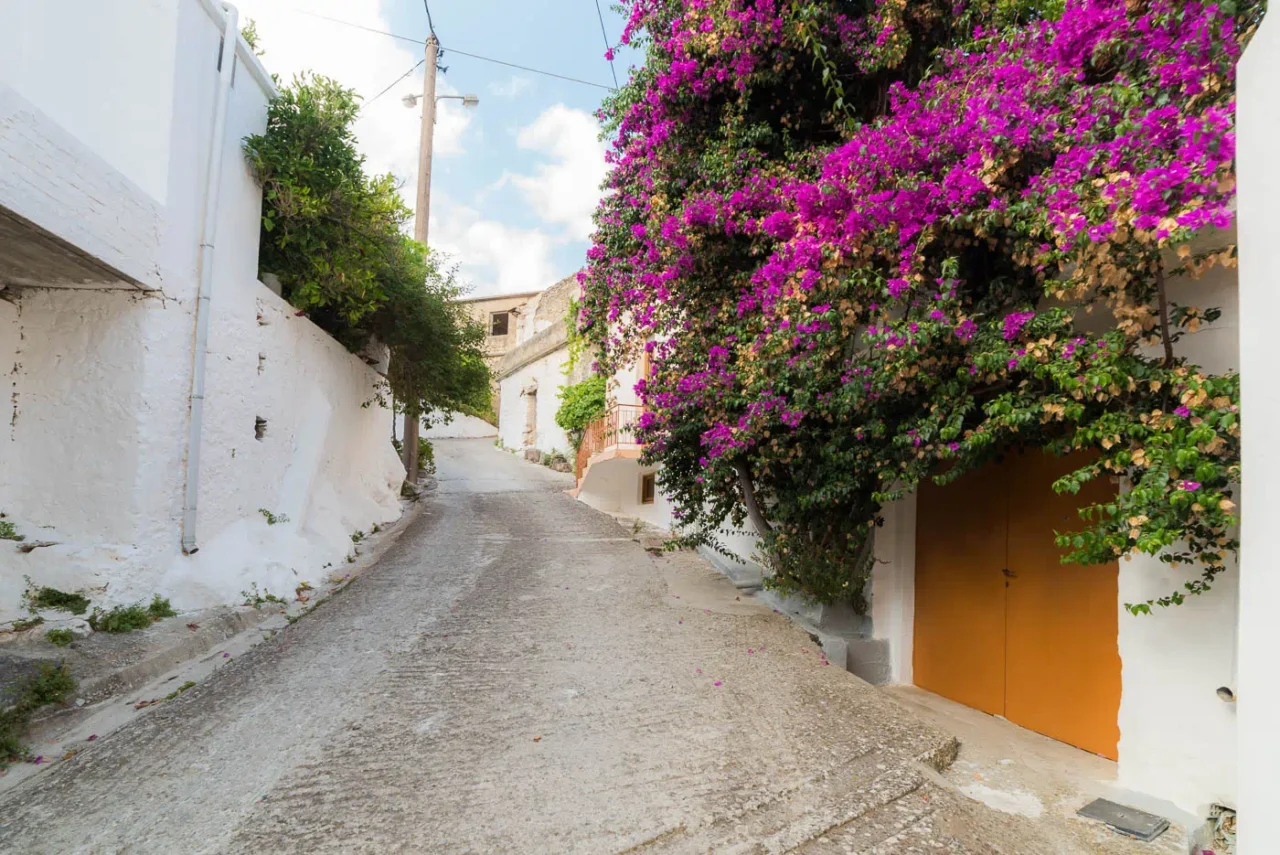
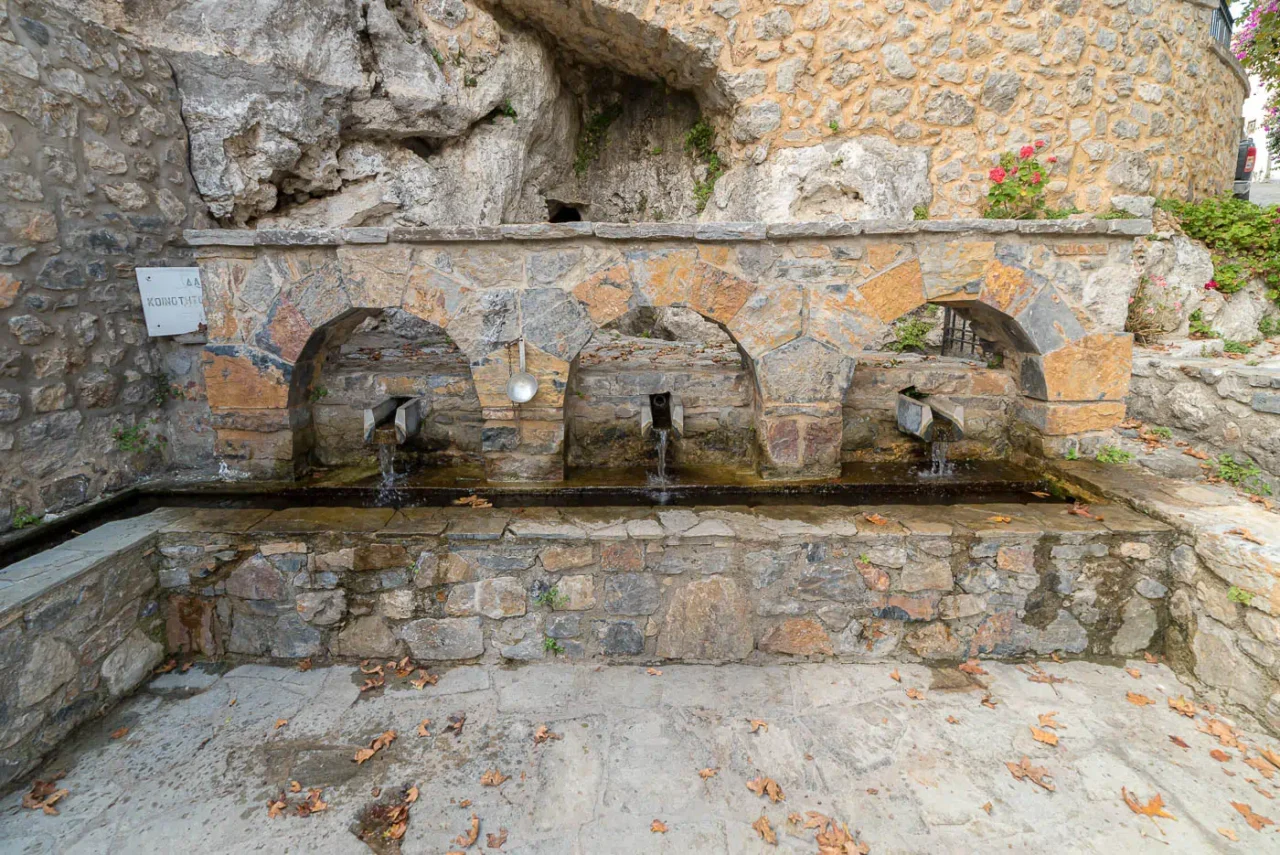
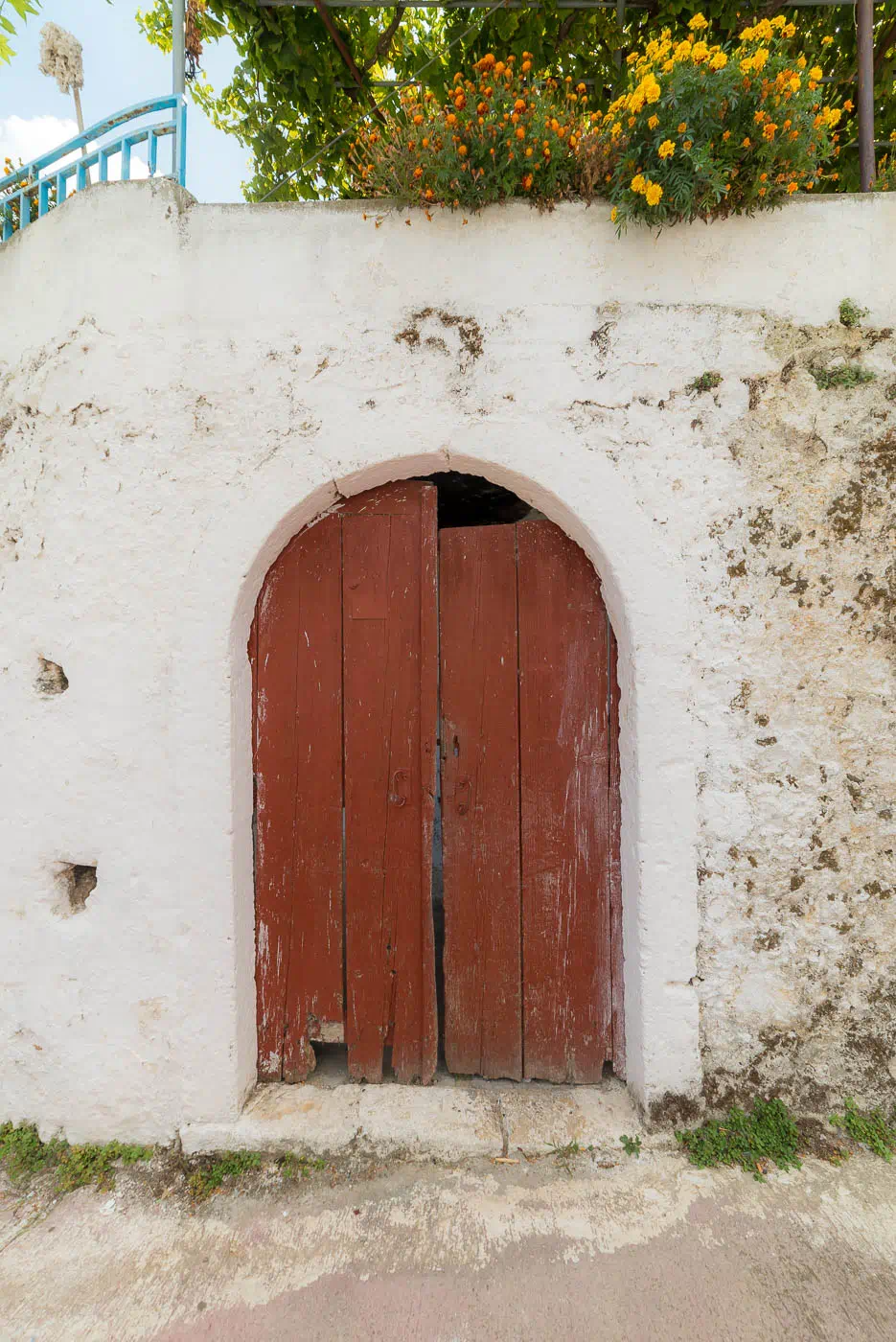
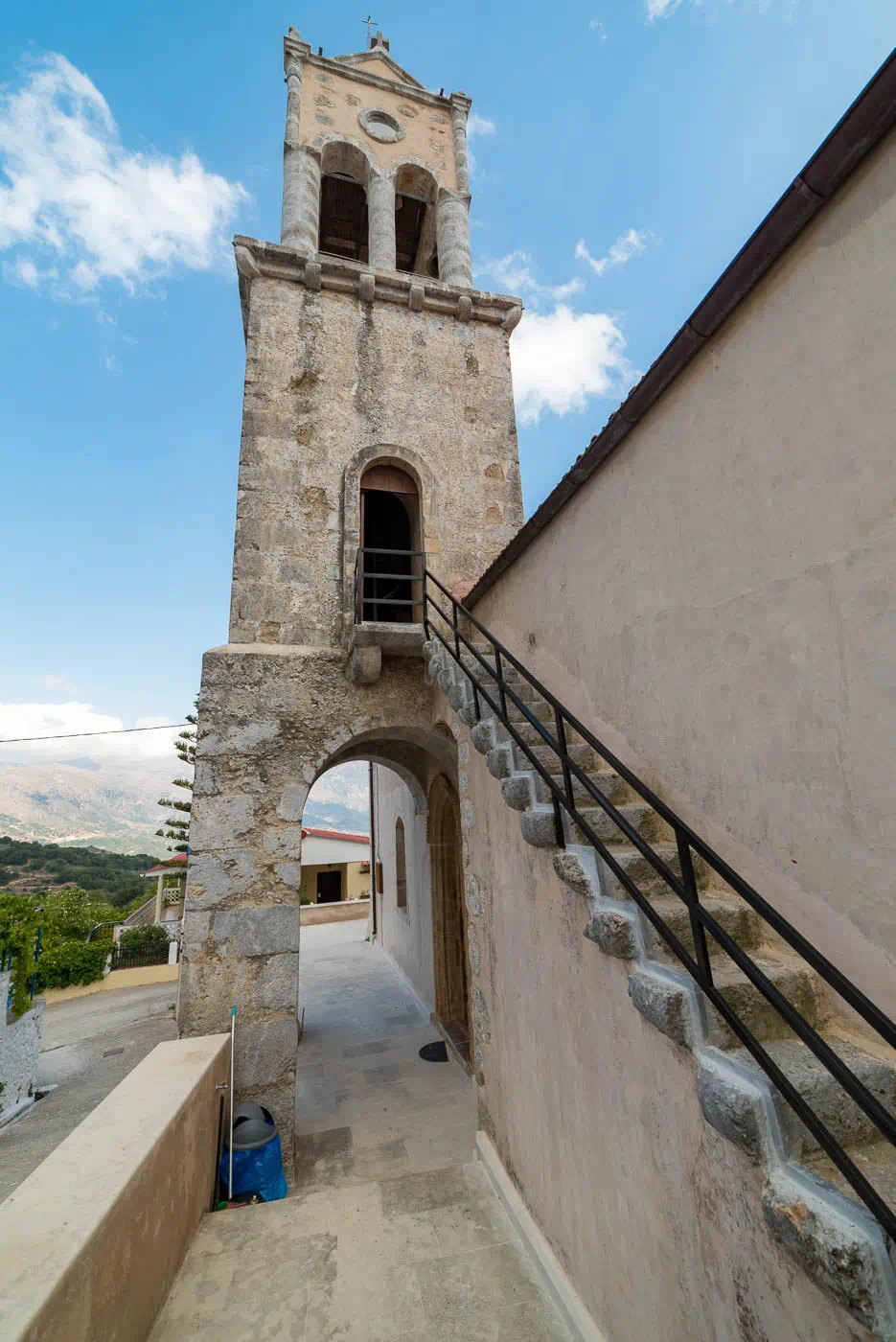
Meronas: A Glimpse into Cretan History and Culture
Meronas, a village perched at an elevation of 620 meters on the southeastern slopes of a hill in Amari, Rethymno, offers breathtaking views of Psiloritis and the Amari valley. This picturesque village, located 35 kilometers from Rethymno, is steeped in history and culture, boasting a rich tapestry of Byzantine and Venetian influences.
Historical Significance
Meronas has a long and storied history, dating back to ancient times. According to mythology, the Mygiospelio cave near Meronas was a site for Kouretes ceremonies. In the area of Sochora, John Pendlebury discovered Greco-Roman pottery and other artifacts, further attesting to the village’s historical significance.
The village is first mentioned in writing in a 1301 contract by the notary Benv. de Brixano in Chandakas, concerning the purchase and sale of wool. It is also mentioned in a 1375 document from the Ducal Archives of Chandakas, regarding the claim of the villain Michael Kallergis. In 1415, Christopher Buondelmonti visited Meronas and wrote that it is built in a beautiful location and surrounded by walnut and other fruit trees.
After the conquest of Crete by the Turks, Meronas was designated as a vakuf village in 1648, dedicated to the maintenance of the mosque of Sultan Ibrahim in Rethymno. Following the Cretan revolution of 1866, the Ottomans built a defensive tower (Koules) above Meronas, near the current church of Prophet Elias, overlooking the Amari valley and the Potamon valley, to control the passages.
Byzantine and Venetian Churches
Meronas is home to several remarkable Byzantine and Venetian churches, showcasing the village’s rich religious heritage. The Byzantine church of the Assumption of the Virgin Mary, located in the center of the village, is a three-aisled basilica with a well-preserved iconographic decoration. The church’s construction began in the second half of the 14th century, with the central and northern aisles dedicated to Saint George. The southern aisle, dedicated to Saints Peter and Paul, was added later in the 16th century. The surviving frescoes, which are of a style originating from Constantinople, are among the most interesting wall paintings of that era in Crete. The wooden iconostasis of the church dates back to the 19th century.
Another notable church is the church of Panagia Mavridiani, located in Sochora. This two-aisled church is dedicated to the Nativity of the Virgin Mary. The southern aisle dates back to the 13th century and contains fragments of frescoes. The northern aisle, dedicated to Saints Constantine and Helen, was added in the 16th century.
The village’s cathedral is dedicated to Saint Panteleimon and features a stone bell tower. The church of the Transfiguration of the Savior has 14th-century frescoes. Its unique feature is that the sanctuary is at a lower level than the rest of the church, a peculiarity attributed to the different phases of the church’s construction. In the outskirts of the village is the frescoed church of Saint George.
The Koules of Meronas
The Koules of Meronas, a defensive tower built by the Ottomans in the 19th century, stands as a testament to the village’s strategic importance during that period. Located near the church of Prophet Elias, the Koules offers panoramic views of the Amari valley and the Potamon valley, allowing for effective control of the surrounding area.
The Cultural Association of Meronas
The Cultural Association of Meronas, founded in 1983, plays a crucial role in preserving the village’s cultural heritage and promoting its traditions. The association organizes a variety of events throughout the year, including traditional dances, music performances, and theatrical productions. It also runs a music school where locals can learn traditional Cretan instruments and dances.
The association’s mission is to foster social bonds among the residents, preserve the village’s character, and promote its cultural elements and customs. It has been actively involved in the cultural scene of the region for over 32 years and holds a prominent position in this field, not only at the local level but also throughout Crete.
The association’s activities include:
- Carnival and Clean Monday: Opening of Lent with old games and satirical events (one of the most important events held in the prefecture of Rethymno with the participation of many people).
- Easter: On Holy Saturday before church, young people go around the village and play the semantra (bells), and after the resurrection, the Orphan (Judas) is burned on wood that has been collected from the villagers throughout Holy Week.
- May Day: The whole village goes out to the countryside and celebrates this day with dances and songs.
- Pentecost: A church service is held on the mountain with the attendance of residents from the surrounding villages, followed by a feast on the mountain with dancing and songs.
- July 27: Local celebration with the feast of the patron saint Agios Panteleimon, where a festival is held in the village square.
- August: Theatrical performances, film screenings, music and dance performances, and other artistic events are held.
- Meronas Music School: Traditional musical instruments and dance lessons are held throughout the year.
- Activities for the bread cycle: Revival of Alonikos in a threshing floor in the Renta location, with ears of wheat that the Cultural Association has planted and harvested in traditional ways.
- Christmas – New Year: Traditional carols are sung with Cretan musical instruments in the village houses, cutting of the New Year’s cake by the community and the cultural association.
Village Key Points
- Construction Period: 13th century (conjectured)
- Location: Amari, Rethymno, Crete, Greece
- Historical Significance: Rich Byzantine and Venetian heritage, Ottoman-era Koules
- Population data over the years: See table in the provided text
- Current Status: Active village with a vibrant cultural scene
Meronas Population Over Time
Year |
Population |
Notes |
|---|---|---|
1583 |
295 |
|
1880 |
535 |
468 Christians, 67 Muslims |
1900 |
580 |
|
1920 |
571 |
|
1928 |
596 |
|
1940 |
651 |
|
1951 |
580 |
|
1961 |
491 |
|
1971 |
367 |
|
1981 |
331 |
|
1991 |
314 |
|
2001 |
374 |
|
2011 |
318 |
|
2021 |
340
|













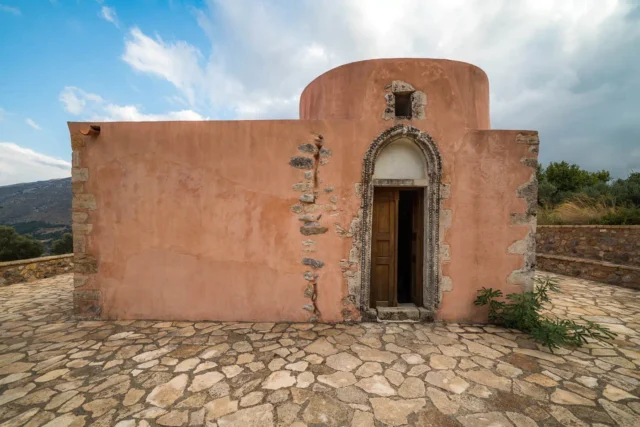


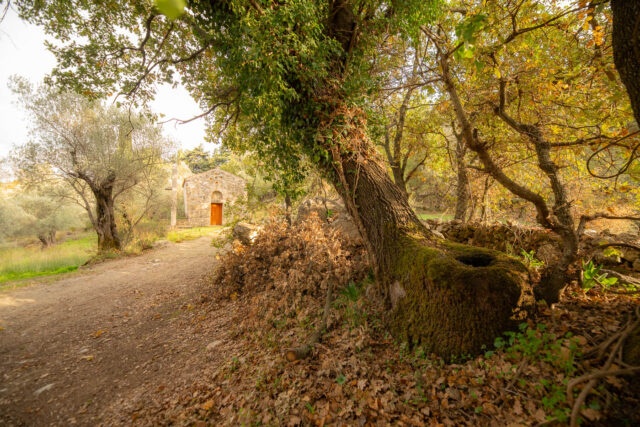

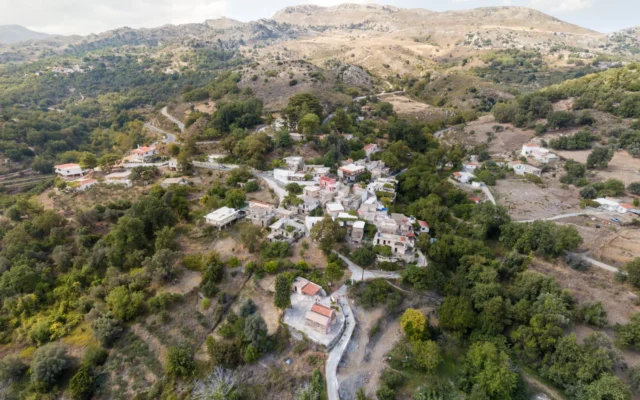

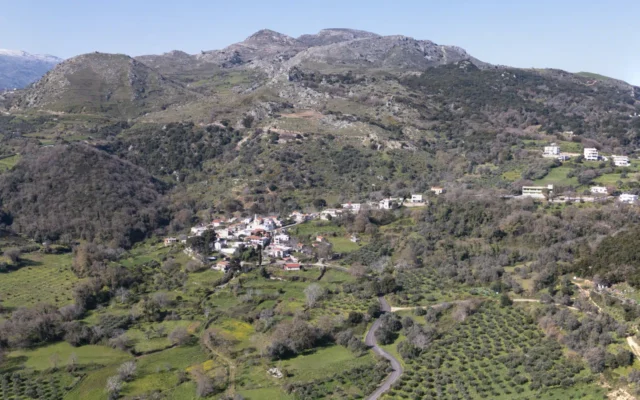
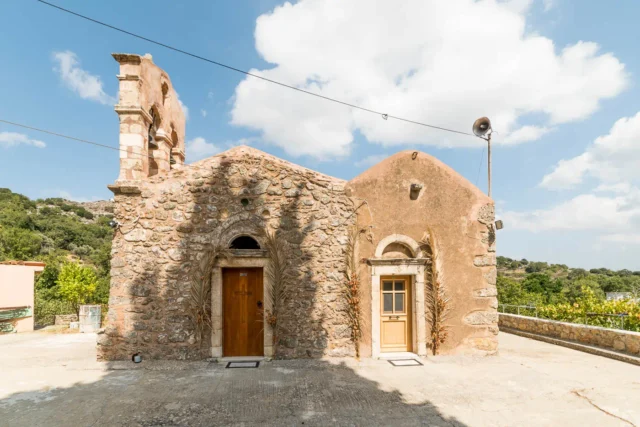
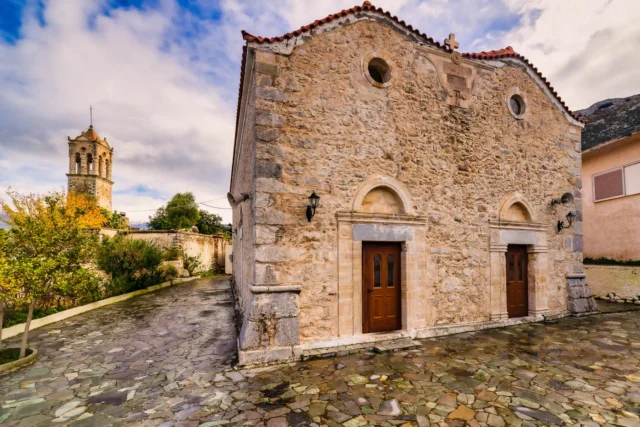
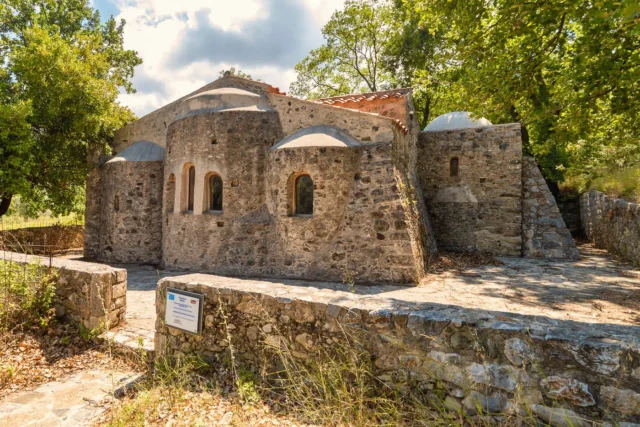
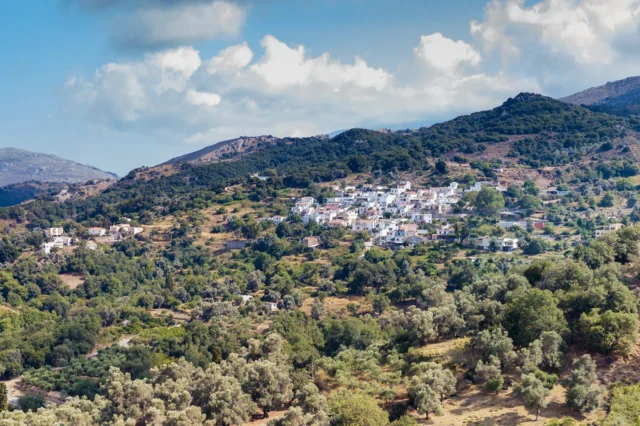
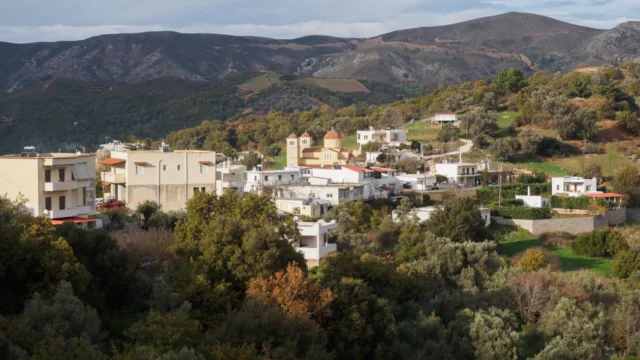
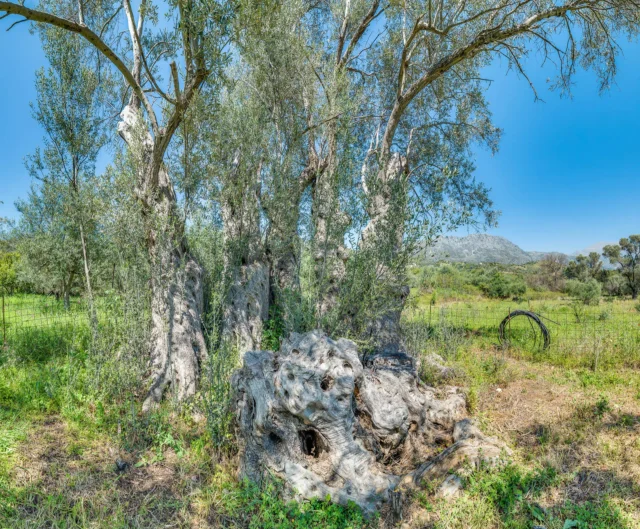
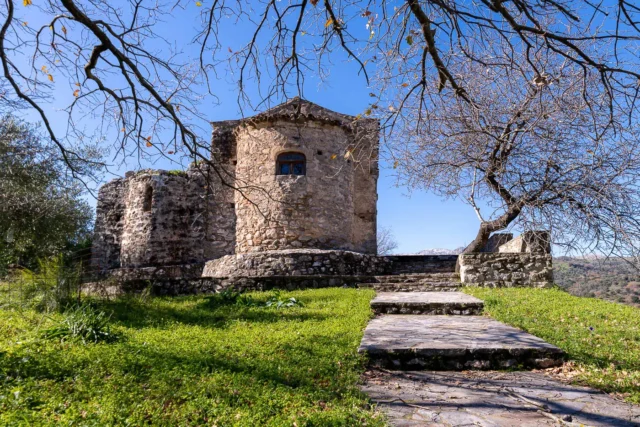
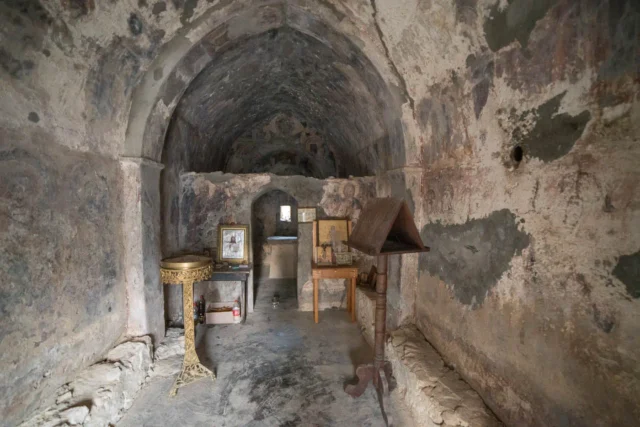
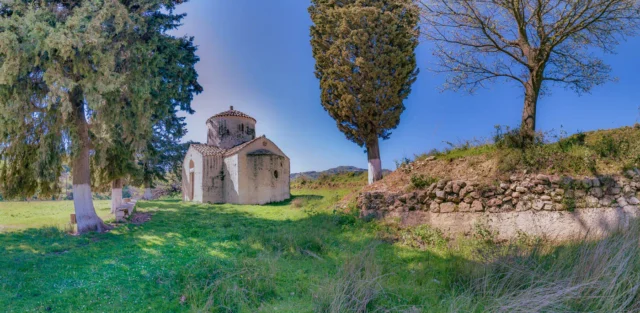

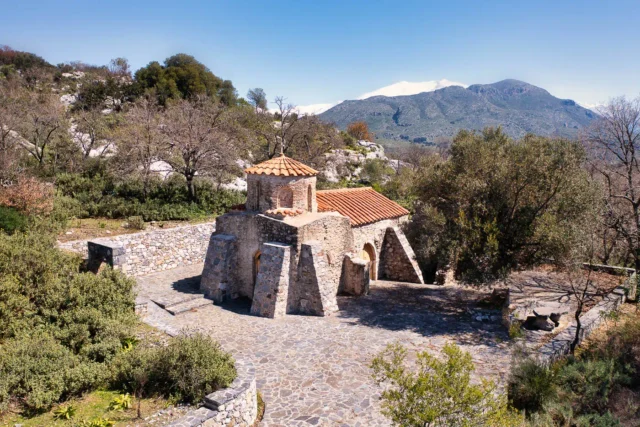

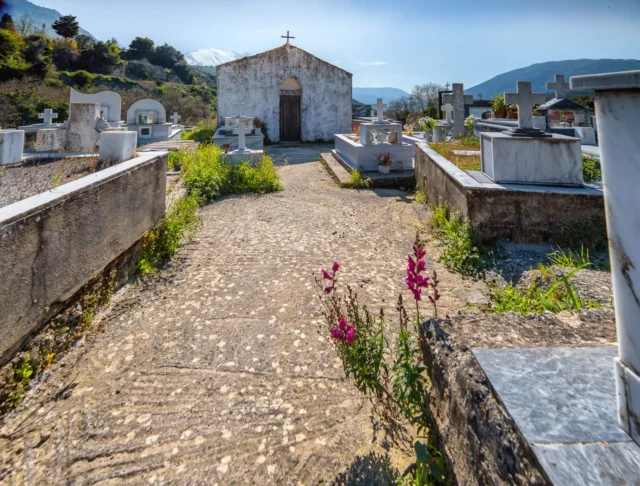


There are no comments yet.